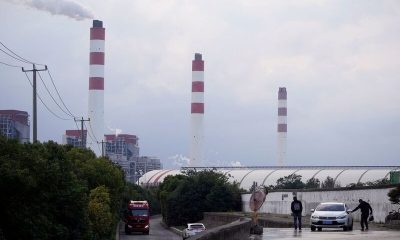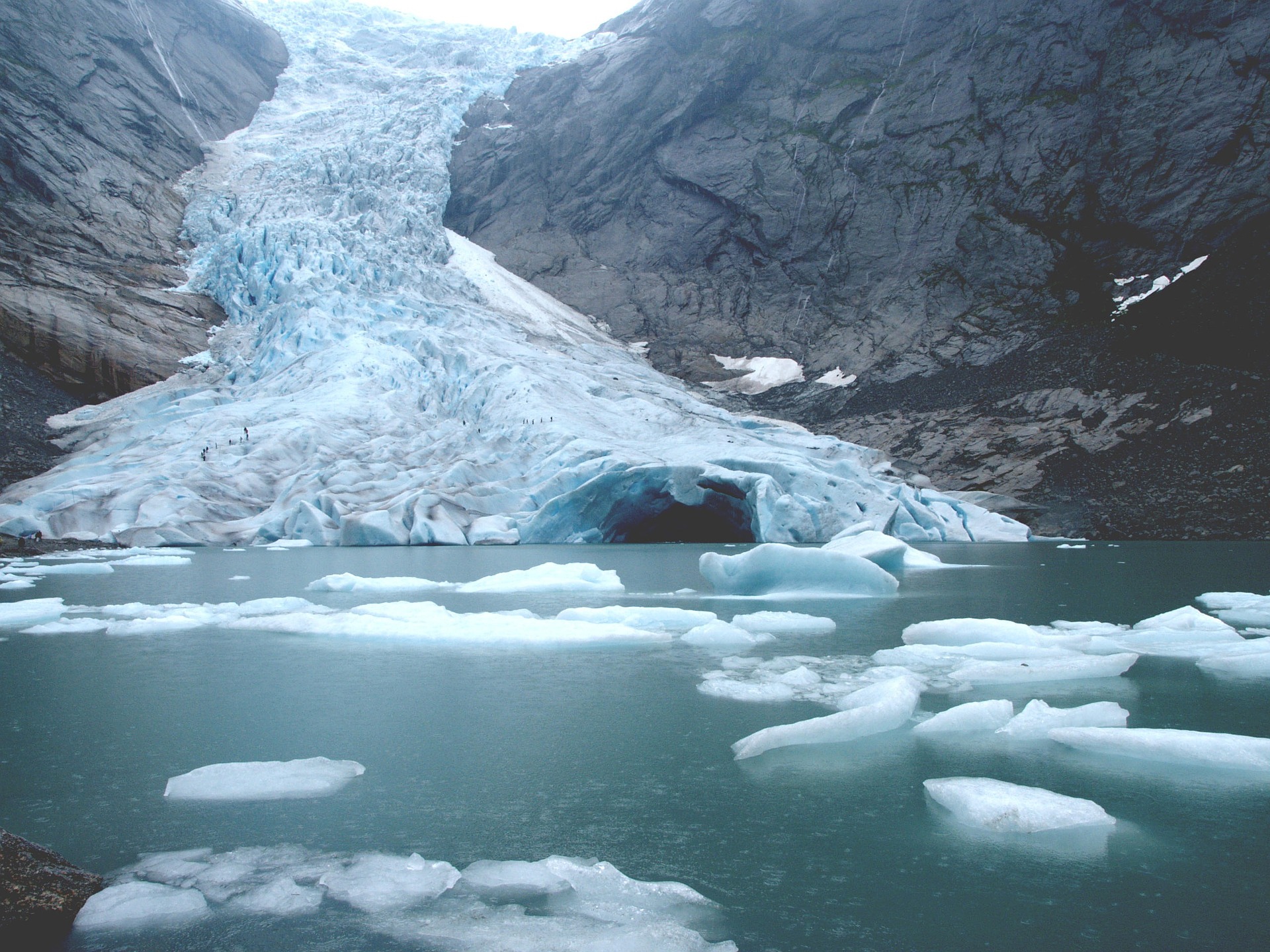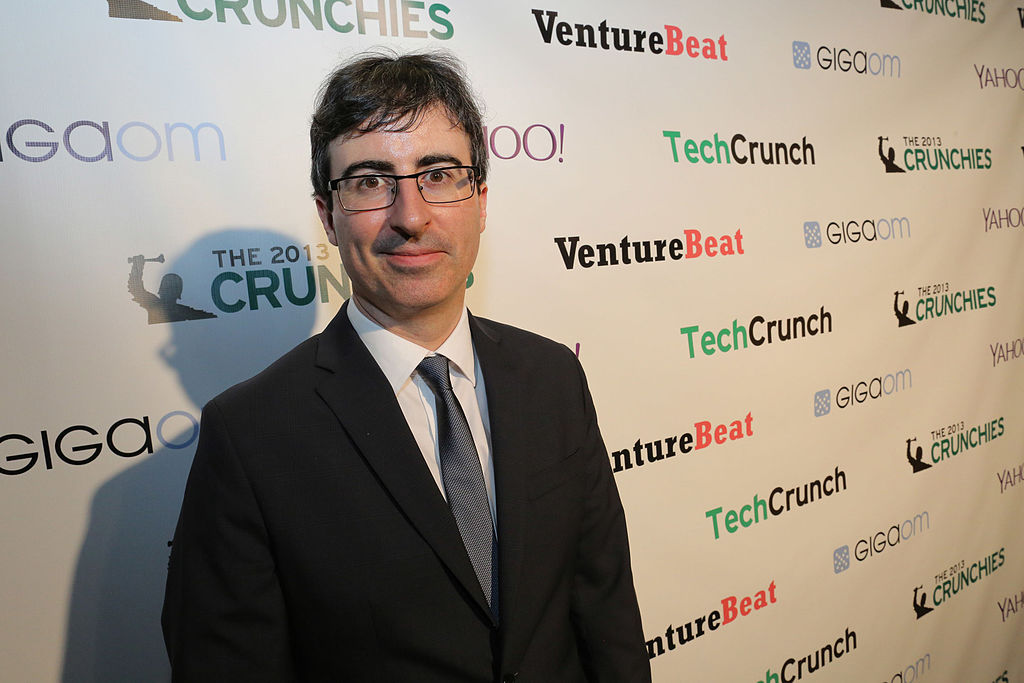BUSINESS
Explainer: What is direct air capture and how can it fight climate change?
Governments and companies are investigating CO2 removal as climate action intensifies.
Direct Air catch (DAC) businesses have been granted $3.5 billion by the U.S. to catch and store the gas.
Here’s how cutting-edge technology works and its promise and limitations.
It works how?
DAC technology chemically removes carbon dioxide from the air and stores it in underground caves or uses it to make concrete or aviation fuel.
Climeworks’ Orca plant in Iceland can store 4,000 tonnes of CO2 underground.
The U.S. program wants to support million-tonne-a-year plants.
Trees, too?
Planting trees and managing forests should help fight climate change. According to the World Resources Institute, doing so costs less than $50 per ton, compared to DAC, which costs in the high triple digits.
Due to the amount of area needed to remove all the trees, many scientists feel technical solutions will be needed.
Other carbon removals?
BECCS is another method. Burning biomass like wood pellets and collecting and storing emissions generates electricity.
When organic matter like leaves, wood, or straw is roasted at high temperatures without oxygen, it produces biochar, a carbon-rich fertilizer that stores carbon in soil.
Seawater CO2 removal methods are being developed.
About CCS?
Industrial smokestacks like fossil fuel power stations use carbon capture and storage (CCS) technology to absorb and store CO2.
CCS is not considered a removal unless it captures more CO2 than the industrial process emits.
Removals can permanently remove previous emissions by storing them in soils, rocks, forests, seas, and products.
Green groups’ opinions?
Most environmental activists acknowledge that certain carbon removals would be needed to meet global climate targets, but they worry that firms may use carbon removal development as an excuse not to reduce their emissions.
DAC and biomass-to-electricity are also questioned by environmentalist groups.
DAC may allow fossil fuel firms to continue production in minority and low-income regions near heavy emission sites, raising environmental justice concerns.
BUSINESS
Colors promoting UN goals or LGBTQ rights? Turkey’s Erdogan complains.
Turkish President Tayyip Erdogan voiced his displeasure with the United Nations’ use of “LGBT colors” to promote this week’s Sustainable Development Goals.
On Thursday, Turkish media claimed that Erdogan wanted to discuss the issue with U.N. Secretary-General Antonio Guterres. Erdogan and the Islamist-rooted AK Party, which he leads, have tightened their stance on LGBTQ rights in Turkey.
Erdogan said, “One of the issues that bothers me the most… is that when entering the United Nations General Assembly, you see the LGBT colors on steps and other places,” by the Turkish broadcasting company Haberturk and others.
To what extent does the global LGBT community currently exist? Erdogan, who has repeatedly called members of the LGBTQ community “deviants” and particularly sharpened his rhetoric during this year’s election campaign, said that whoever is against the LGBT community has just as much right to be there.
Some U.N. diplomats, however, have suggested that Erdogan may have confused the 17 colors used to decorate the U.N. headquarters for a summit held earlier this week with the rainbow Pride colors associated with LGBTQ rights.
Guterres is an outspoken advocate for LGBTQ rights, yet the United Nations building does not include the rainbow Pride flag.
When asked for a reaction to Erdogan’s comments, a representative for Guterres did not provide any right away.
The 17 Sustainable Development Goals, with a 2030 deadline, are a global “to-do” list with goals like eradicating extreme poverty and hunger, addressing inequality and climate change, and advancing gender equality.
Although
BUSINESS
In Washington, Zelenskiy courts Congress, Biden on military aid
Vice President Joe Biden informed Ukrainian President Volodymyr Zelenskiy that despite opposition from some Republican lawmakers to giving billions more in aid, the United States will continue its strong support for his struggle to repel Russian invaders.
The Ukrainian leader, Zelenskiy, met with Vice President Biden in the White House’s East Room for a war council as part of a flurry of public appearances he made to rally American support for a conflict that has been ongoing since February 2022.
Biden told Zelenskiy, “Mr. President, we’re with you, we’re staying with you,” before shaking his hand at the end of their two-hour meeting.
Zelenskiy thanked Biden for a new $325 million military aid package, stating, “it has exactly what our soldiers need now.”
He said he and Biden had settled on concrete measures to increase Ukrainian grain exports despite a Russian blockade and tensions with neighboring Poland. He was vague on how to proceed.
House Republican conservatives are blocking Vice President Biden’s request for an additional $24 million in Ukraine financing to pay for the country’s defense and humanitarian aid through the end of the year.
When asked how to win over skeptics, Vice President Biden stated that they must first win over the United States Congress.
I trust the Congress of the United States to make the right decision. There’s no way out,” he concluded.
The resistance was encapsulated by Senator Rand Paul of the Republican Party, a vocal opponent of foreign aid. When asked about the war’s prospects, he told Fox Business News that Ukraine’s “corrupt regime” makes peace unlikely.
Biden announced that the first American Abrams tanks would be sent to Ukraine the next week.
Besides backing changes that would combat corruption, the United States is “committed to helping Ukraine defend itself now,” as Vice President Joe Biden put it.
FLYING DEFENSE
Vice President Biden announced that the United States would ship another Hawk air defense battery to Ukraine, this one manufactured by Raytheon. According to a U.S. official, the equipment will arrive shortly in Ukraine.
Zelenskiy came to Washington on a blitz throughout the city after seeking international support at the United Nations on Wednesday. He spoke with military chiefs at the Pentagon, toured the U.S. Capitol, and gave a talk at the National Archives museum later that day.
During his meeting with Zelenskiy earlier in the day, Vice President Biden praised the bravery of the Ukrainian people and announced a fresh $325 million military aid package for Ukraine.
At the outset of their conversation, Biden remarked, “Together with our partners and allies, the American people are determined to see to it to that (we) do all that we can to ensure that the world stands with you.”
Ukrainian Foreign Minister Pavlo Zelenskiy thanked the United States for helping “to combat Russian terror” and promised to talk to Vice President Joe Biden about the country’s defense needs, emphasizing air defense.
“Today I’m in Washington to strengthen our ability to defend Ukrainian children, our families, our homes, freedom, and democracy around the world,” he added.
Although Vice President Biden and most congressional leaders still support aid to Ukraine and Biden’s Democratic Party controls the Senate, Zelenskiy encountered a rougher crowd than on his previous visit nine months ago.
Senator Chris Murphy wrote on platform X that Zelenskiy, dressed in military green to signify his rank as a combat leader, informed the entire U.S. Senate in the historic Old Senate Chamber and received many standing ovations.
Senators were briefed behind closed doors by Zelenskiy, who reportedly informed them that military aid was critical to Ukraine’s war effort. Majority Leader Chuck Schumer said this in the Senate chamber after the session.
If we don’t get the aid, we’ll lose the fight, Zelenskiy was reported as saying by Schumer.
After the fact, Zelenskiy said that his interactions with parliamentarians were open and fruitful.
Zelenskiy spoke with U.S. Defense Secretary Lloyd Austin and other high-ranking officials at the Pentagon. He and his wife left bouquets at the Pentagon’s memorial for the victims of the September 11, 2001 attacks.
Washington plans to enhance Ukraine’s long-term defense capabilities by hosting a meeting for the U.S. defense industry, Ukrainian business executives, and government officials to explore collaborative ventures and co-production this fall.
According to the White House, Zelenskiy discussed his plans to combat corruption with Vice President Biden during their discussion. Biden stressed the need for robust anti-corruption institutions in Ukraine.
In front of a case containing the United States Constitution, Zelenskiy delivered his address of gratitude to the American people, declaring, “there is not a soul in Ukraine that does not feel gratitude to you, America.”
Doctors who cared for Ukrainian soldiers and civilians received prizes, and Zelenskiy and his wife recognized those who helped raise money for ambulances and other medical supplies.
An increasing number of Republicans have questioned the billions of dollars Washington has supplied Kyiv for military, economic, and humanitarian needs as Ukraine’s counteroffensive goes on and Congress prepares a fierce battle over spending ahead of a possible government shutdown.
Since Russia’s invasion in February 2022, the United States has provided about $113 billion in security and humanitarian aid to support Zelenskiy’s government.
BUSINESS
Biden raised the issue of the Canadian Sikh’s murder with Modi at the G20.
According to a story in the Financial Times on Thursday, U.S. Vice President Joe Biden and other world leaders voiced their worry to Indian Prime Minister Narendra Modi during this month’s G20 conference about allegations that New Delhi was complicit in the assassination of a Sikh separatist leader in Canada.
The newspaper reported, citing three people with knowledge of the summit, that several members of the Five Eyes—the United States, the United Kingdom, Canada, Australia, and New Zealand—brought up the June killing in British Columbia of Hardeep Singh Nijjar, a Sikh separatist leader, with Modi.
A call for comment from the White House on the FT article initially went unanswered.
The event occurred in India several days before Canadian Prime Minister Justin Trudeau made his accusations public earlier this week in a speech to parliament.
Canada reportedly persuaded its allies to bring up the issue with Modi during the G20 summit, and the leaders intervened.
U.S. national security adviser Jake Sullivan said on Thursday that Washington is not granting India a “special exemption” in the case despite Ottawa’s accusations about the murder of the Sikh separatist leader in Canada and that the U.S. is in contact with Indians at high levels.
India has deemed Canada’s accusations to be “absurd” and has rejected them. The current crisis has further strained relations between Canada and India. On Thursday, India ordered Canada to downsize its diplomatic presence and halted issuing new visas to Canadian citizens.
As a longtime partner and ally, Canada has put several Western countries in an awkward position as they strive to strengthen ties with New Delhi to offset China’s dominance in the Asia Pacific area.
-
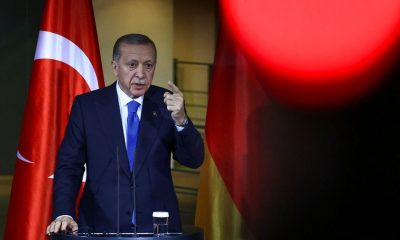
 Geopolitics & Foreign Policy2 months ago
Geopolitics & Foreign Policy2 months agoTurkey’s Erdogan says he may visit Egypt soon, discuss Gaza patients -media.
-
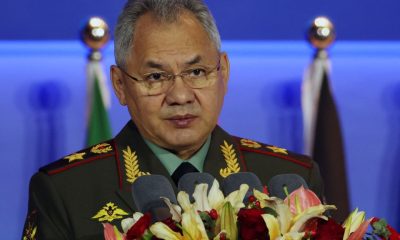
 Europe3 months ago
Europe3 months agoRussia’s Shoigu accuses the West of seeking to expand the Ukraine war to the Asia-Pacific.
-

 Geopolitics & Foreign Policy2 months ago
Geopolitics & Foreign Policy2 months agoCeasefire takes hold in Gaza ahead of hostage release; aid enters enclave.
-

 Geopolitics & Foreign Policy2 months ago
Geopolitics & Foreign Policy2 months agoRussia deploys new nuclear missile in Kaluga region – RIA
-
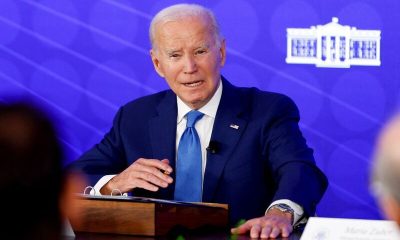
 America4 months ago
America4 months agoRepublican US House to hold first Biden impeachment inquiry hearing
-

 Geopolitics & Foreign Policy2 months ago
Geopolitics & Foreign Policy2 months agoChina’s military: US Navy ship ‘illegally’ entered territorial waters
-
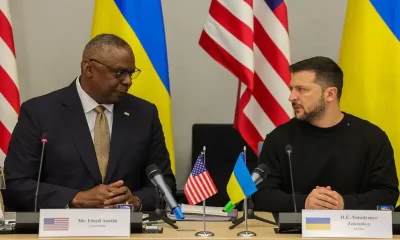
 Europe3 months ago
Europe3 months agoZelenskiy, at NATO HQ, asks for weapons to face winter of ‘terror’
-

 Agriculture4 months ago
Agriculture4 months agoIAEA, Japan agree on continuous safety review of Fukushima water


